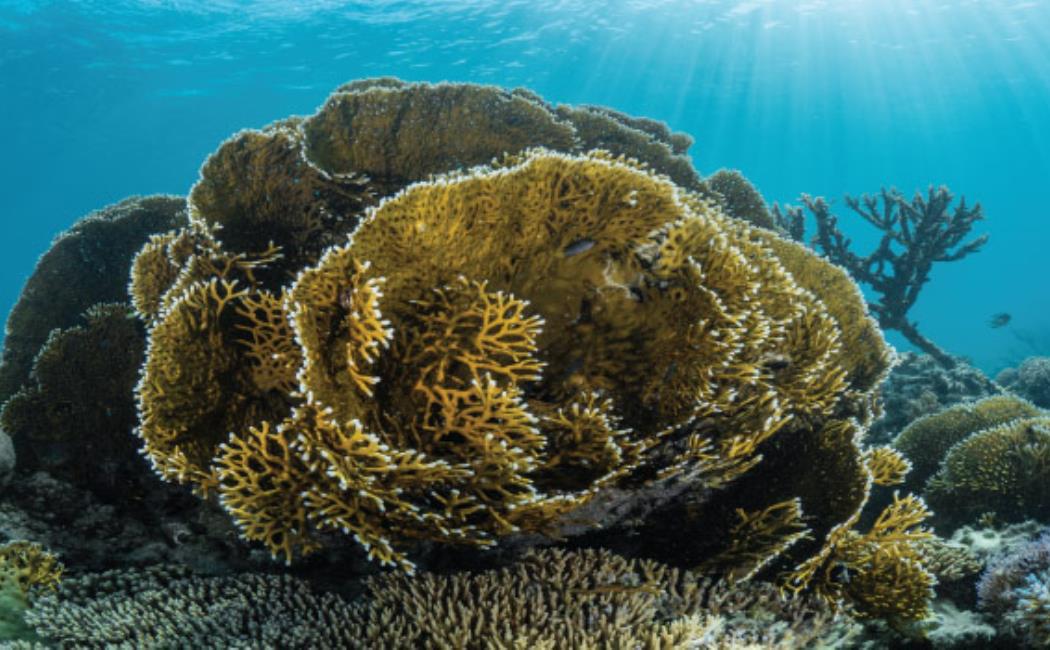
How reef-building corals got their bones
29 April, 2021
Coral reefs provide shelter, sustenance and stability to a range of organisms, but these vital ecosystems would not exist if not for the skeletal structure created by stony corals. Now, KAUST scientists together with an international team have revealed the underlying genetic story of how corals evolved from soft-bodied organisms to build the myriad calcified structures we see today.
“While the processes involved in coral calcification are well understood, it is less clear how corals’ ability to grow calcium carbonate skeletons actually evolved,” says Xin Wang, a former KAUST Ph.D. student who worked on the project under the supervision of Manual Aranda.
“How did a squishy anemone-like organism begin to build reefs?” asks Aranda. “Did the ‘tools’ already exist in their genetic code?”
Click here to read the full story.
Image: The genetic toolkit to produce skeletal structures that corals developed from their soft-bodied ancestors has been identified by KAUST researchers.
© 2021 Morgan Bennett Smith